

Articles
How To Store Vintage Clothing
Modified: January 5, 2024
Learn how to properly store your vintage clothing articles to ensure their longevity and preservation. Discover the best tips and techniques for maintaining these timeless pieces.
(Many of the links in this article redirect to a specific reviewed product. Your purchase of these products through affiliate links helps to generate commission for Storables.com, at no extra cost. Learn more)
Introduction
Welcome to the fascinating world of vintage clothing! Whether you are a collector, a fashion enthusiast, or someone who simply appreciates the history and charm of bygone eras, storing vintage clothing properly is essential to preserving its beauty and value. Vintage clothing holds a significant place in our cultural heritage, representing various fashion trends, styles, and craftsmanship that have stood the test of time.
In this article, we will explore the importance of storing vintage clothing correctly and provide you with valuable tips and best practices to ensure its longevity and continued enjoyment. From preparing your garments for storage to choosing the right containers, creating an optimal storage environment, and protecting your precious pieces from pests and moisture, we have you covered. We will also touch upon organizing, labeling, and retrieving vintage clothing to make the whole process smoother and efficient.
By following the guidelines and recommendations we share with you here, you will be able to create a safe and nurturing environment for your vintage clothing collection, preserving its authenticity, condition, and value for years to come.
So, let’s dive in and discover the secrets to storing vintage clothing the right way!+
Key Takeaways:
- Properly storing vintage clothing is crucial for preserving its historical significance, protecting against damage, and maintaining its value, while also contributing to economic and environmental sustainability.
- By following best practices for preparing, storing, and maintaining vintage clothing, you can ensure its longevity and preserve the stories and artistry embodied within each garment for future generations to appreciate and enjoy.
Read more: How To Store Vintage Wine
Why Store Vintage Clothing Properly
Properly storing vintage clothing is crucial for maintaining its quality, preserving its historical significance, and extending its lifespan. Here are some key reasons why you should take the time and effort to store your vintage garments correctly:
- Preservation of Historical Significance: Vintage clothing carries stories from the past. Each piece represents a specific era, fashion movement, or cultural trend. By storing vintage clothing properly, you are ensuring that these historical artifacts remain intact and can be appreciated by future generations.
- Protection against Damage: Vintage clothing is often delicate and more susceptible to damage than modern garments. Improper storage can lead to a variety of issues, such as fabric discoloration, fading, stretching, mold growth, insect infestations, and fabric deterioration. By storing your vintage clothing in the right conditions, you can significantly reduce the risk of these damages.
- Preservation of Value: Vintage clothing can hold significant value, both monetarily and sentimentally. If the item is rare, highly sought after, or associated with a famous designer or celebrity, its value can increase over time. Proper storage helps maintain the condition and integrity of the garment, ensuring its value remains intact.
- Opportunity for Future Use or Display: Vintage clothing is not meant to sit hidden away in storage forever. By safely storing your garments, you are preserving them for future wear or display. Whether you plan to wear them for special occasions or exhibit them in a curated collection, proper storage ensures that they remain in wearable condition and showcase their unique beauty.
- Economic and Environmental Sustainability: Vintage clothing is a sustainable and eco-friendly choice. By storing your vintage pieces properly, you are prolonging their lifespan and reducing the need for new garments. This helps minimize waste, lower carbon emissions, and preserve the Earth’s resources.
Now that we understand why it is crucial to store vintage clothing properly, let’s move on to the practical steps you can take to prepare your garments for storage.
Tips for Preparing Vintage Clothing for Storage
Before storing your precious vintage clothing, it is essential to properly prepare each garment to ensure its longevity and preservation. Here are some valuable tips to follow:
- Clean the Garments: Start by cleaning each piece of clothing thoroughly. Follow the care instructions on the garment or consult with a professional cleaner knowledgeable in handling vintage clothing. Ensure that all stains, dirt, and odors are completely removed before storage. Dirty garments can attract pests and cause staining or deterioration over time.
- Repair Damages: Inspect each item closely for any signs of damage, such as loose stitching, tears, missing buttons, or broken zippers. Make necessary repairs or seek the assistance of a professional tailor or restorer to ensure the garment is in its best condition before storage.
- Use Acid-Free Tissue: Wrap each garment individually in acid-free tissue paper. This helps prevent any potential discoloration or transfer of dyes between different fabrics. Avoid using regular tissue paper or plastic bags, as they can trap moisture and cause damage to the clothing.
- Avoid Plastic Bags: Never store vintage clothing in plastic bags, as they can promote moisture buildup and mold growth. Plastic can also trap odors and cause the fabrics to deteriorate over time. Instead, opt for breathable fabric garment bags or acid-free boxes.
- Separate Delicate Fabrics: Delicate fabrics, such as silk or lace, should be separated from heavier and rougher materials to prevent snagging or damage. Use cotton or muslin garment bags to keep these delicate pieces protected.
- Take Care of Accessories: If you have vintage accessories, such as hats, gloves, or belts, store them separately from the clothing in appropriate containers. Ensure that hats are properly supported to maintain their shape, and use padded boxes or acid-free tissue to protect delicate accessories.
- Avoid Direct Sunlight: When preparing the storage area, select a location away from direct sunlight. Sunlight can fade fabrics and cause irreversible damage over time. Opt for a cool and dry area, away from windows and sources of moisture.
- Document and Photograph: Take the time to document your vintage clothing collection by photographing each piece and making detailed notes about its history, provenance, and any notable features. This documentation will help you remember and appreciate your collection and can be valuable for insurance or appraisal purposes.
By following these tips, you are taking the necessary steps to prepare your vintage clothing for storage. Next, let’s explore the best practices for storing vintage clothing to ensure its proper care and preservation.
Best Practices for Storing Vintage Clothing
Storing vintage clothing requires careful consideration and adherence to best practices to maintain the quality and longevity of your garments. Here are some essential guidelines to follow:
- Choose a Suitable Storage Location: Find a storage area that is cool, dry, and well-ventilated. Avoid areas prone to high humidity, extreme temperature fluctuations, or excessive dust. Basements, attics, and outdoor sheds are not ideal for storing vintage clothing due to the risk of moisture and pests.
- Use Proper Containers: Opt for acid-free archival or textile storage boxes for storing your vintage clothing collection. These boxes are specifically designed to prevent acid transfer and maintain a stable environment for delicate fabrics. Alternatively, you can use acid-free garment bags made of natural materials such as cotton or muslin. Avoid using plastic containers or bags that can trap moisture and promote mold growth.
- Avoid Overcrowding: Do not cram too many garments into one box or hang too many clothes in a small space. Overcrowding can lead to creasing, stretching, and unnecessary wear and tear. Allow ample space for each item to maintain its shape and integrity.
- Treat Fabrics with Care: Avoid folding garments along sharp creases, as this can cause permanent lines. Instead, gently fold garments along natural lines and curves to preserve their shape. For long-term storage, consider using acid-free tissue paper to stuff the sleeves and bodices to help maintain their structure.
- Rotate Garments: Regularly rotate and inspect your stored garments to prevent prolonged pressure on certain areas. This will help prevent creases and maintain the garment’s overall shape.
- Maintain Proper Hanging Techniques: If you decide to hang your vintage clothing, use padded hangers or fabric-covered hangers to prevent stretching or creasing. Avoid using wire hangers, as they can leave marks or distort the shape of the garment. Always hang the garments on sturdy rods or hooks to prevent strain.
- Keep Clothing Away from Floor: Avoid placing your vintage clothing directly on the floor. Floors can accumulate dust, moisture, and pests. Utilize shelves, racks, or elevated platforms to keep the garments elevated and protected.
- Perform Regular Inspections: Set a schedule to inspect your stored vintage clothing at least once or twice a year. Check for any signs of pest infestation, mold, or damage. Replace any worn-out or deteriorated storage materials to ensure the continued preservation of your collection.
By following these best practices for storing vintage clothing, you are taking the necessary steps to safeguard your garments and preserve their beauty over time. Now, let’s move on to choosing the right storage containers for your collection.
Choosing the Right Storage Containers
When it comes to storing your precious vintage clothing, choosing the right storage containers is key to ensuring proper preservation and protection. Here are some important factors to consider when selecting your storage containers:
- Material: Opt for containers made of acid-free materials such as archival-quality cardboard or plastic. Acid-free materials prevent the transfer of acids that could damage your clothing.
- Size: Choose containers that provide enough space to store individual garments without overcrowding. Wrinkling and creasing can occur if the garments are tightly packed.
- Structure: Look for sturdy containers that will protect your vintage clothing from external elements. Avoid containers that are flimsy or easily collapsible.
- Moisture Resistance: Consider containers with moisture-resistant properties, as they help protect your garments from water damage. Look for containers with a tight-fitting lid or moisture-resistant coating.
- Stackability: To maximize storage space, choose containers that are stackable. This allows you to efficiently utilize vertical space and keep your vintage clothing organized.
- Accessibility: Select containers that allow easy access to your garments when needed. Containers with removable or hinged lids provide convenience when retrieving and returning items.
- Transparency: If you prefer visibility, opt for transparent containers or ones with clear windows. This allows you to quickly locate specific garments without the need to open each container.
- Pest Protection: Look for containers with features like sealed edges, airtight seals, or insect-repellent properties to prevent infestations by pests like moths or silverfish.
- Labeling: Consider containers that have a dedicated space for labeling. This allows you to easily identify the contents of each container, making organization and retrieval much more efficient.
Remember to prioritize the preservation and protection of your vintage clothing when selecting storage containers. By choosing the right containers, you can create an optimal storage environment for your precious garments. Next, let’s explore how to create the ideal storage environment for your vintage clothing.
Read more: How Old Is Vintage Furniture
Creating an Ideal Storage Environment
Creating an ideal storage environment is crucial for preserving the quality and longevity of your vintage clothing collection. By providing the right conditions, you can prevent damage and deterioration. Here are some key factors to consider when setting up your storage space:
- Temperature: Aim for a cool and consistent temperature. Fluctuations in temperature can cause fabric expansion and contraction, leading to damage over time. The ideal temperature range for storing vintage clothing is between 60-70 degrees Fahrenheit (15-21 degrees Celsius).
- Humidity: Maintain a moderate humidity level within the storage area. High humidity can promote mold growth and degrade fabrics, while low humidity can cause drying and brittleness. Aim for a humidity level of around 45-55% to create a stable environment.
- Avoid Direct Sunlight: Protect your vintage clothing from exposure to direct sunlight, as it can fade colors and weaken fabrics. If possible, choose a storage area away from windows or use light-blocking curtains or blinds to prevent sunlight from entering.
- Air Circulation: Ensure proper air circulation within the storage space to prevent moisture buildup. Avoid storing garments in airtight containers, as this can trap humidity and lead to mold or mildew growth. If necessary, use dehumidifiers or fans to improve air circulation.
- Protect from Dust: Minimize dust exposure by regularly cleaning the storage area and using dust covers or curtains over hanging garments. Regular dusting and cleaning will help maintain the cleanliness of your vintage clothing collection.
- Isolate from Odors: Keep your vintage clothing away from strong odors from cleaning products, tobacco smoke, or other sources. Odors can be absorbed by fabrics and be difficult to remove. Use odor-absorbing products or sachets to keep the storage area fresh.
- Pest Prevention: Take steps to safeguard your garments from pests like moths, beetles, and silverfish. Use natural repellents like lavender sachets or cedar chips, or consider using insect-proofing products designed specifically for textiles. Regularly inspect your storage area for signs of pests and take appropriate action if necessary.
- Regular Monitoring: Keep an eye on the conditions within the storage area. Regularly check temperature and humidity levels, inspect for signs of damage or pests, and address any issues promptly to ensure the ongoing preservation of your vintage clothing.
By creating an ideal storage environment with the right temperature, humidity, and protection from sunlight, dust, and pests, you are providing optimal conditions for the longevity of your vintage clothing collection. Next, let’s explore the importance of maintaining and caring for your vintage clothing while in storage.
Store vintage clothing in a cool, dark, and dry place to prevent fading, yellowing, and deterioration. Avoid plastic bags and opt for acid-free tissue paper or cotton garment bags for protection.
Maintaining and Caring for Vintage Clothing in Storage
Proper maintenance and care are essential to ensure the longevity of your vintage clothing while in storage. Even when not in use or on display, your garments require attention and occasional care to preserve their condition. Here are some important guidelines for maintaining and caring for your vintage clothing:
- Regular Inspection: Schedule periodic inspections of your stored vintage clothing to check for any signs of damage, pests, or mold. Early detection can help prevent further deterioration and allow for timely action.
- Air Out the Garments: Every few months, take the opportunity to remove the garments from storage and let them air out for a short period. This allows for fresh air circulation and helps prevent any musty odors from developing.
- Rotate Garments: Avoid leaving garments folded or hung in the same position for an extended period. Regularly rotate the garments and refold them along different lines to prevent creasing and preserve their shape.
- Repack with Care: When placing garments back into storage after wearing or inspecting, ensure they are properly folded, wrapped in acid-free tissue paper, and placed in their designated storage containers. Take care to handle the garments gently to avoid unnecessary wear or damage.
- Protect against Dust: Dust can accumulate on stored garments over time, potentially leading to fabric staining or degradation. Consider using storage accessories such as dust covers or fabric bags to provide an extra layer of protection.
- Avoid Excessive Handling: While it is essential to periodically inspect and air out your garments, try to minimize excessive handling. Excessive touching and manipulation can cause stress to delicate fabrics and trims, leading to fraying or tearing.
- Temperature and Humidity Control: Continuously monitor and regulate temperature and humidity levels in your storage area. Extreme fluctuations can cause damage to the garments over time. Use dehumidifiers, fans, or air conditioning to maintain stable conditions.
- Avoid Storing in Basements or Attics: Basements and attics are prone to excessive humidity, temperature fluctuations, and pests. Avoid storing your vintage clothing in these areas, as they can increase the risk of damage.
- Professional Restoration and Cleaning: If you notice any significant damage or stains on your vintage garments, consult a professional restorer or conservator. They have the expertise to handle delicate fabrics and can help restore your garments to their former glory.
- Keep Detailed Records: Maintain a detailed inventory or catalog of your vintage clothing collection. Include information such as the garment’s history, condition, and any restoration or cleaning that has been performed. This documentation will help you track the care and maintenance of each item over time.
By following these maintenance and care guidelines, you can ensure that your vintage clothing remains in excellent condition and is ready to be enjoyed whenever you decide to retrieve it from storage. Next, let’s discuss how to protect your vintage clothing from pests and moisture.
Protecting Vintage Clothing from Pests and Moisture
Keeping pests and moisture at bay is crucial to safeguarding your beloved vintage clothing collection. These elements can cause irreversible damage to delicate fabrics and compromise the integrity of your garments. Here are some effective ways to protect your vintage clothing from pests and moisture:
- Use Natural Pest Deterrents: Consider using natural pest deterrents such as lavender sachets, cedar chips, or dried citrus peels. These items have natural repellent properties that help keep pests like moths and silverfish away.
- Regularly Inspect for Pests: Conduct regular inspections of your stored garments to check for any signs of pest activity. Look for small holes, droppings, or webs, as these may indicate the presence of pests. If you notice any signs, take immediate action to prevent further damage, such as using specific pest control methods or seeking professional assistance.
- Keep Storage Area Clean: Maintain cleanliness in your storage area by regularly vacuuming or sweeping the floor to remove any food particles or debris that could attract pests. A clean and well-maintained storage space is less inviting to unwanted visitors.
- Avoid Storing Food or Beverages: Never store food or beverages in the same vicinity as your vintage clothing. This can attract pests and increase the risk of infestation.
- Seal Cracks and Openings: Inspect your storage area for any cracks, holes, or openings where pests might enter. Seal these areas using caulking or weather-stripping to prevent uninvited guests from infiltrating your storage space.
- Ensure Proper Ventilation: Adequate air circulation is important to prevent moisture buildup, which can lead to mold or mildew growth. Use fans, dehumidifiers, or open windows periodically to promote air circulation and prevent excess moisture from settling on your garments.
- Avoid Excessive Humidity: High humidity levels can create a favorable environment for mold and mildew growth. Use dehumidifiers or moisture absorbers to maintain optimal humidity levels (around 45-55%) within your storage space.
- Address Water Leaks or Condensation: Regularly inspect your storage area for any signs of water leaks or condensation. Address any issues promptly to prevent moisture from damaging your garments. Properly ventilate the storage area and consider using moisture absorbers in areas prone to excess moisture.
- Protect from Water Damage: Store your vintage clothing in waterproof or water-resistant containers or garment bags to protect them from potential water damage. This adds an extra layer of protection against unforeseen leaks or water incidents.
- Monitor the Storage Area: Keep an eye on your storage area and regularly check for signs of moisture or pest activity. By staying vigilant and proactive, you can prevent potential damage before it becomes a serious problem.
By implementing these strategies, you can effectively protect your vintage clothing from pests and moisture, ensuring that your garments remain in excellent condition and ready to be cherished for years to come. Now let’s discuss organizing and labeling your vintage clothing in storage.
How to Organize and Label Vintage Clothing in Storage
Proper organization and labeling of your vintage clothing collection in storage is key to maintaining order, facilitating easy retrieval, and ensuring the longevity of your garments. Here are some helpful tips on how to effectively organize and label your vintage clothing:
- Categorize by Type or Era: Consider organizing your vintage clothing collection by type (dresses, suits, coats) or by era (1920s, 1950s, etc.). This allows for easy browsing and retrieval of specific garments when needed.
- Use Sturdy Shelving or Racks: Invest in sturdy shelves or clothing racks that can properly support the weight of your vintage clothing. This helps prevent unnecessary stress or damage to the garments and allows for easier organization.
- Separate by Size or Color: If you have a large collection, consider further categorizing your garments by size or color. This makes it easier to find specific pieces and creates a visually appealing display.
- Create an Inventory System: Maintain a detailed inventory of your vintage clothing collection. Assign each item a unique identifier or label, and keep a corresponding record with information such as the garment’s description, date acquired, condition, and any special notes.
- Label Storage Containers: Clearly label each storage container with a description of its contents. This allows for quick identification of specific garments without the need to open each box or bag. Consider using archival-quality labels or tags to minimize any potential damage to the garments.
- Include Photographs: Take photographs of your vintage clothing items and attach them to their respective inventory records or labels. These visuals can help you quickly identify each garment, especially if it has unique or intricate details.
- Use Acid-Free Tissue Paper: When folding garments or placing them in storage containers, use acid-free tissue paper to help prevent creasing and provide additional protection against potential color transfer or damage.
- Consider Hanging Garments: Hang delicate or structured vintage garments to preserve their shape and prevent unnecessary creasing. Use padded hangers or fabric-covered hangers to avoid any potential damage to the clothing.
- Utilize Garment Bags: Place individual garments in breathable fabric garment bags to protect them from dust and potential contact with other items. These bags also provide an extra layer of protection against pests, while still allowing for air circulation.
- Keep a Digital Catalog: In addition to physical labels and inventory records, consider creating a digital catalog of your vintage clothing collection. This can include photographs, detailed descriptions, and any additional information you want to have readily accessible.
By organizing and labeling your vintage clothing in storage, you are creating a system that allows for easy access, minimizes handling, and ensures the preservation of your garments. Plus, it adds a sense of order and visual appeal to your storage area. Now, let’s discuss how to retrieve and handle your vintage clothing from storage effectively.
Read more: How To Clean Vintage Glassware
Retrieving and Handling Vintage Clothing from Storage
When the time comes to retrieve your cherished vintage clothing from storage, it is important to handle the garments with care to avoid unnecessary damage. Here are some key guidelines for retrieving and handling vintage clothing:
- Prepare the Storage Area: Before retrieving any garments, ensure that the storage area is clean and free of debris. This helps prevent dust or dirt from settling on the garments while you remove them from storage.
- Wash Hands: Before handling vintage clothing, wash your hands thoroughly to remove any oils, lotions, or dirt that can transfer onto the garments. Clean hands minimize the risk of staining or soiling delicate fabrics.
- Inspect the Garments: Inspect each garment closely for any signs of damage, discoloration, or pests. If you notice any issues, take note and consider seeking professional advice on the appropriate steps for restoration or cleaning.
- Handle with Caution: Gently handle the garments with clean, dry hands and avoid gripping or pulling on any delicate areas. Support the garment from underneath or at the shoulders to prevent stress on the fabric or seams.
- Use Proper Folding and Unfolding Techniques: When folding or unfolding vintage clothing, do so along natural folds or seams. Avoid folding or creasing the garments in places that can cause permanent creases or distortions.
- Avoid Excessive Manipulation: Minimize excessive handling or trying on of vintage clothing unless necessary. Frequent handling can cause wear and introduce the risk of accidental damage.
- Try On with Care: If you need to try on a vintage garment, make sure you have a clean and spacious area to do so. Avoid wearing any jewelry or accessories that may snag or damage the clothing. Use a gentle touch and take your time to avoid putting unnecessary stress on the garment.
- Return Garments Promptly: After wearing or handling vintage clothing, promptly return it to its designated storage container or hanging space. This helps maintain the organization and cleanliness of your collection and reduces the risk of accidental damage or loss.
- Implement Conservation Techniques: Consider implementing conservation techniques such as using archival-grade materials for storage and display, minimizing exposure to light and air pollutants, and following best practices for cleaning and maintenance.
- Professional Assistance when Needed: If you encounter any significant issues when retrieving or handling vintage clothing, such as stubborn stains, delicate repairs, or preservation concerns, it is advisable to seek professional assistance from a qualified textile conservationist or restorer.
By following these guidelines, you can ensure that your vintage clothing remains protected and well-preserved during the retrieval and handling process. Now that you know how to properly handle your garments, let’s wrap up the article.
Conclusion
Preserving and storing vintage clothing properly is essential for maintaining its beauty, historical significance, and value. By following the guidelines and best practices outlined in this article, you can ensure that your precious garments remain in excellent condition for years to come.
Properly preparing your vintage clothing for storage, choosing the right containers, and creating an ideal storage environment are crucial steps in maintaining their quality. Regular inspections, careful handling, and implementing pest and moisture protection measures are also essential for long-term preservation.
Organizing and labeling your vintage clothing collection in storage allows for easy retrieval and ensures that each garment is handled with care. By following proper handling techniques when retrieving and returning garments, you can minimize the risk of damage and prolong their lifespan.
Remember that each piece of vintage clothing has a story to tell and represents a unique part of our history. By investing time and effort into storing and caring for your vintage garments, you are preserving their heritage and passing them on to future generations to appreciate and enjoy.
So, as you store your treasured vintage clothing collection, remember to approach the process with care, attention, and respect for the craftsmanship and artistry embodied within each garment. By doing so, you are not only preserving a piece of the past but also continuing the legacy of fashion and style that these incredible pieces embody.
Frequently Asked Questions about How To Store Vintage Clothing
Was this page helpful?
At Storables.com, we guarantee accurate and reliable information. Our content, validated by Expert Board Contributors, is crafted following stringent Editorial Policies. We're committed to providing you with well-researched, expert-backed insights for all your informational needs.

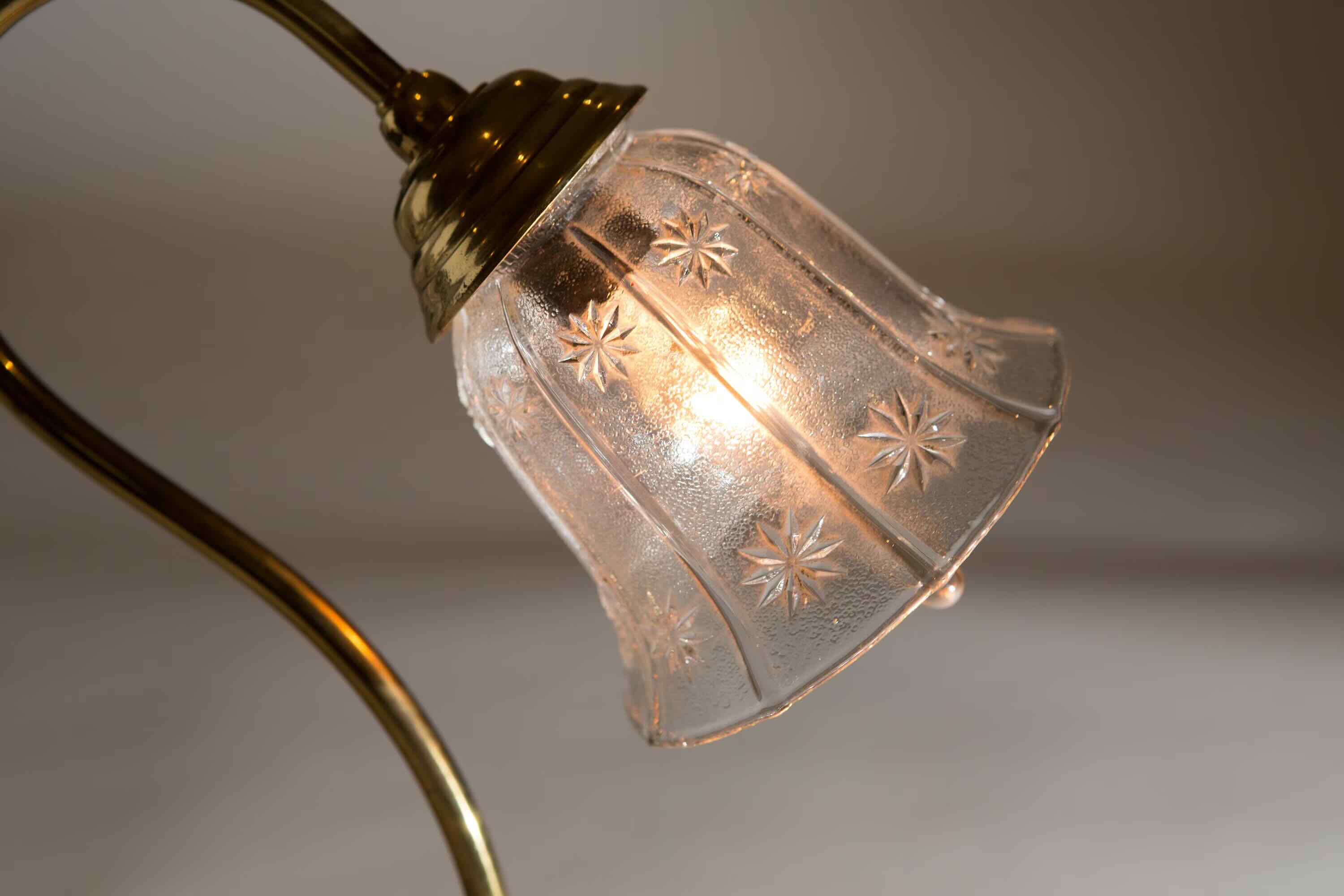
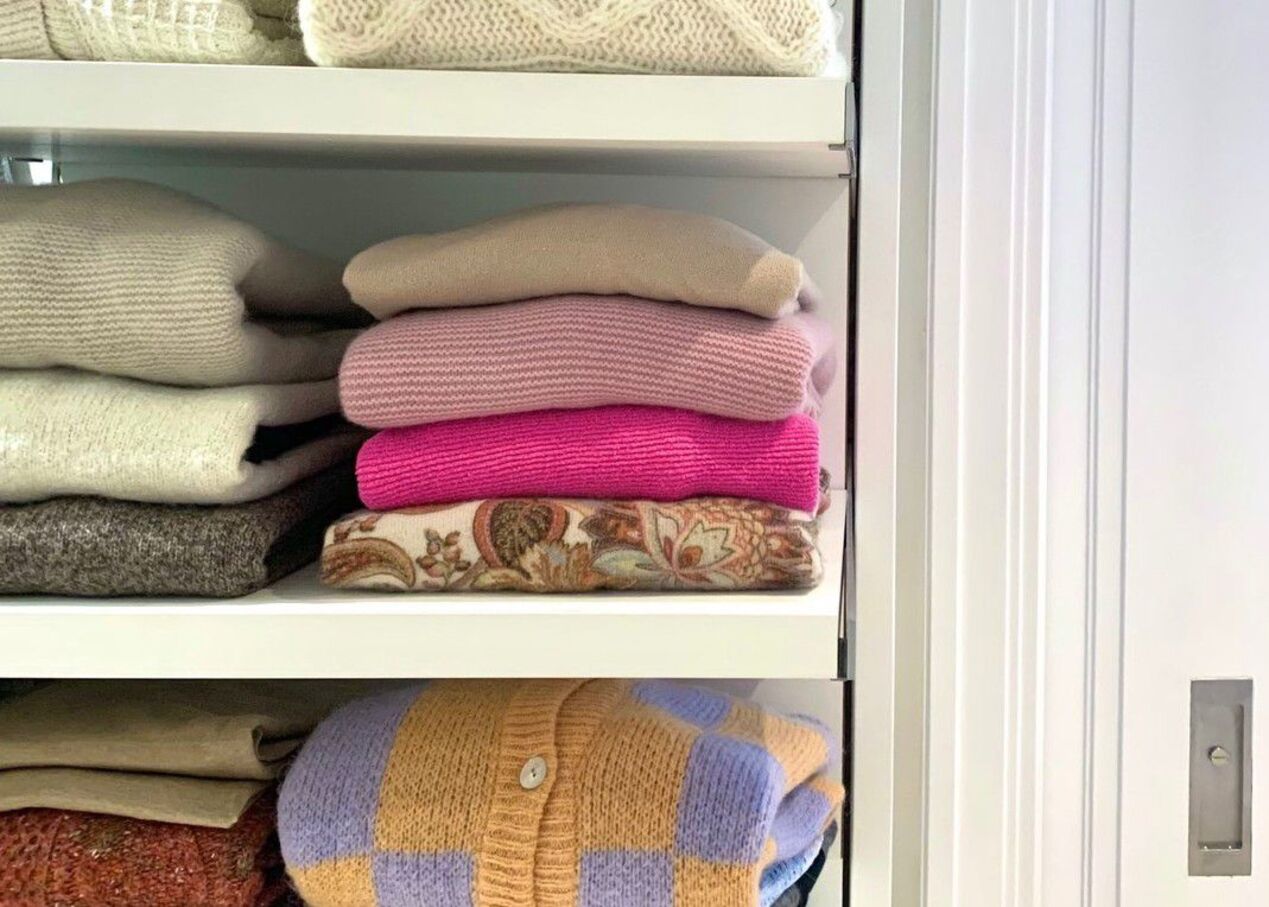
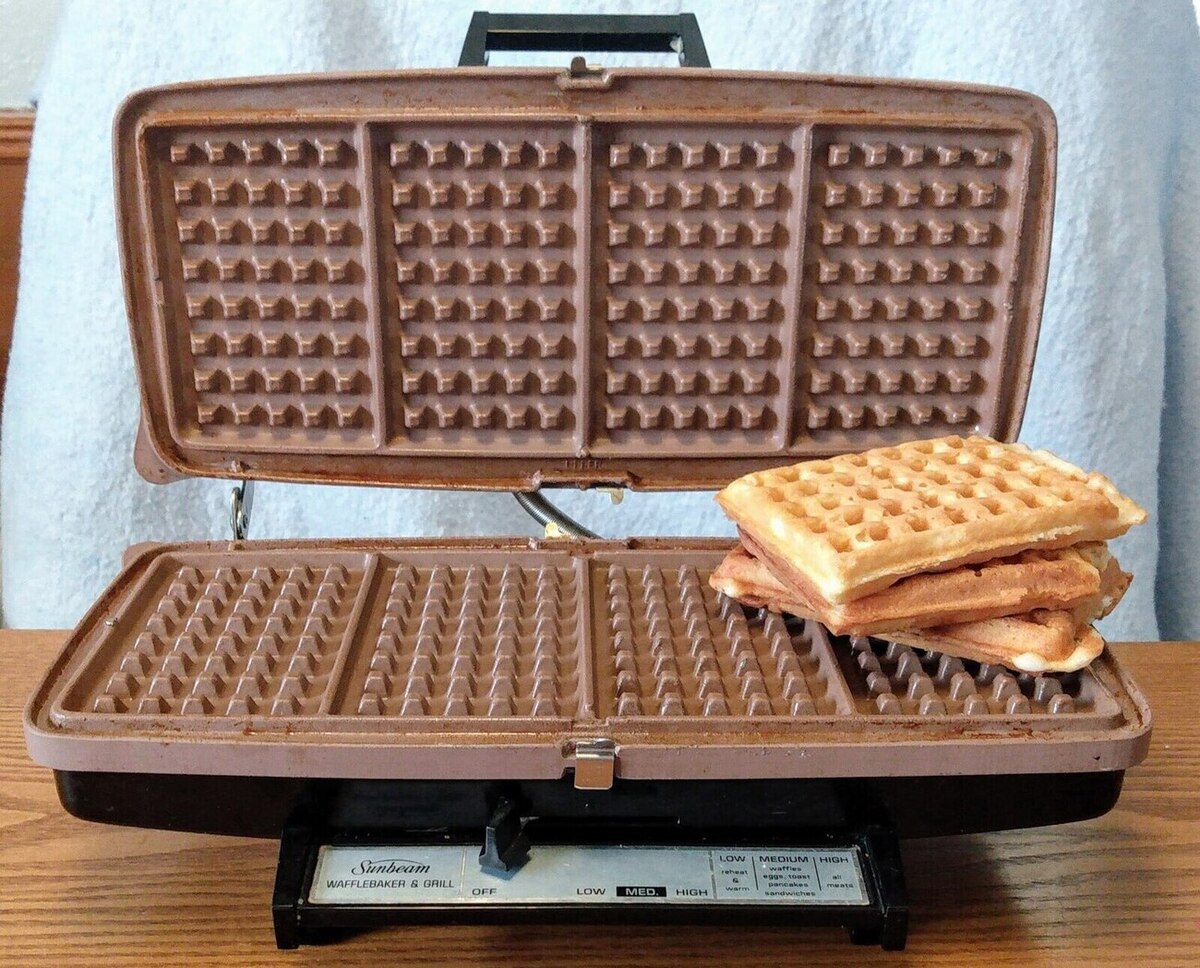
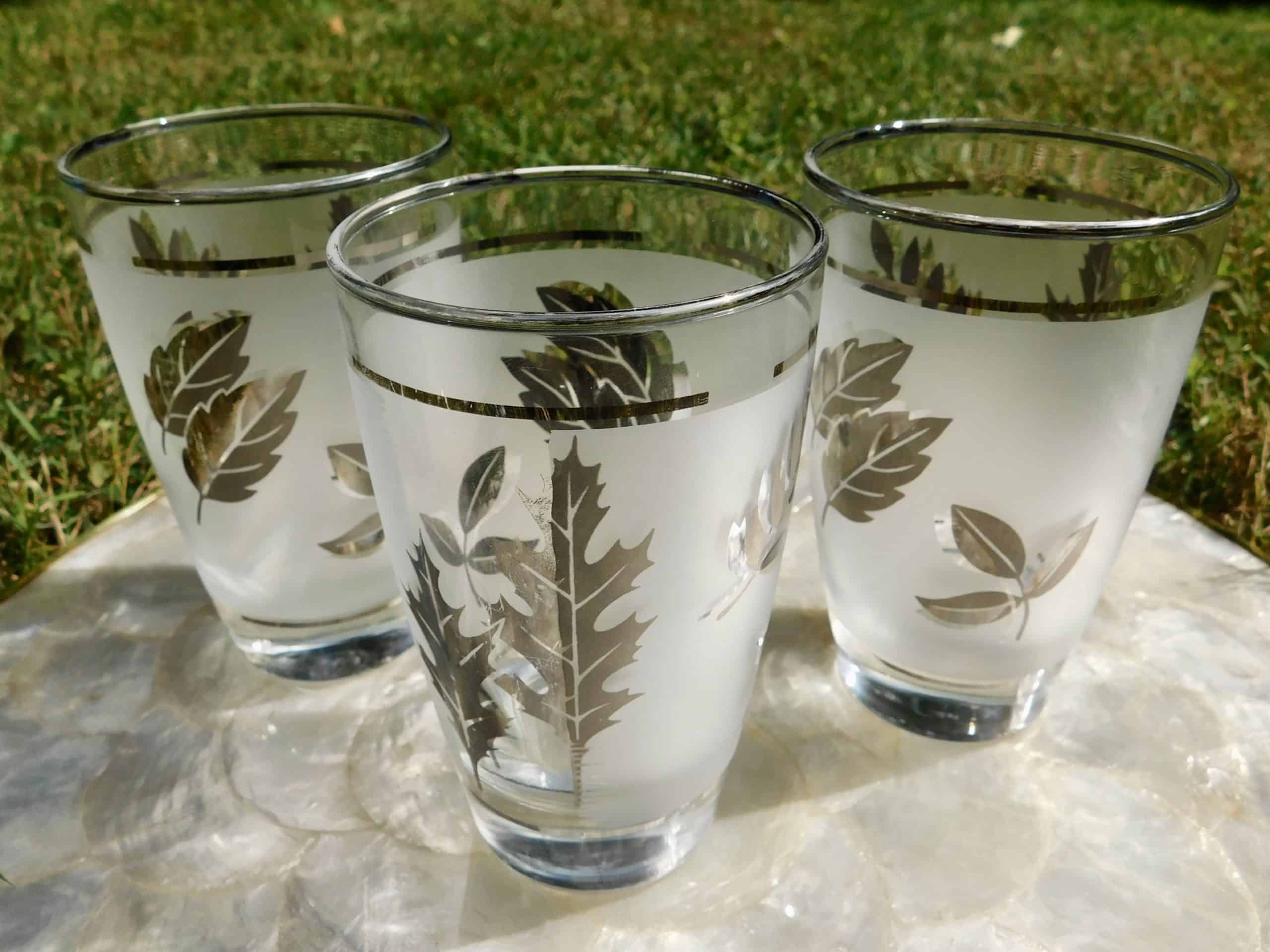
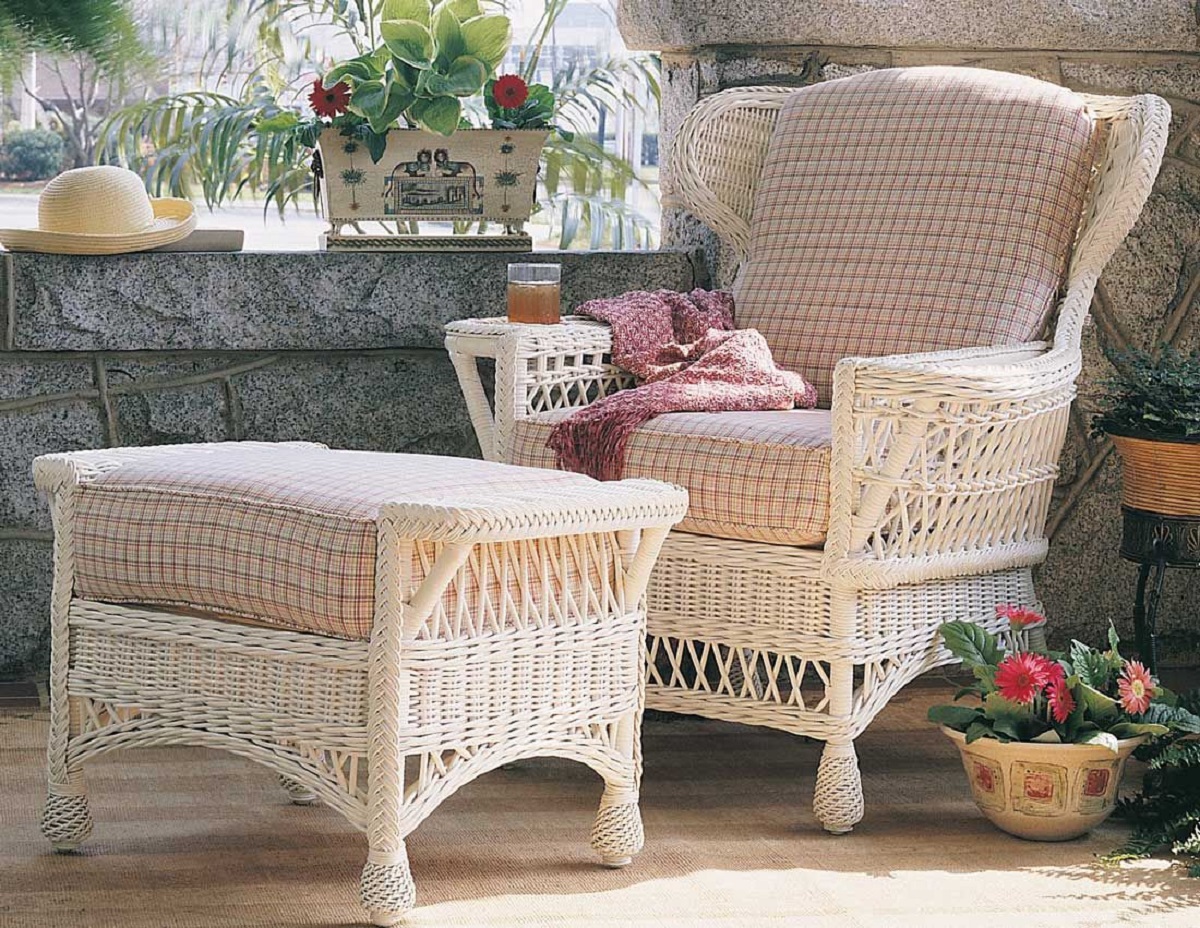

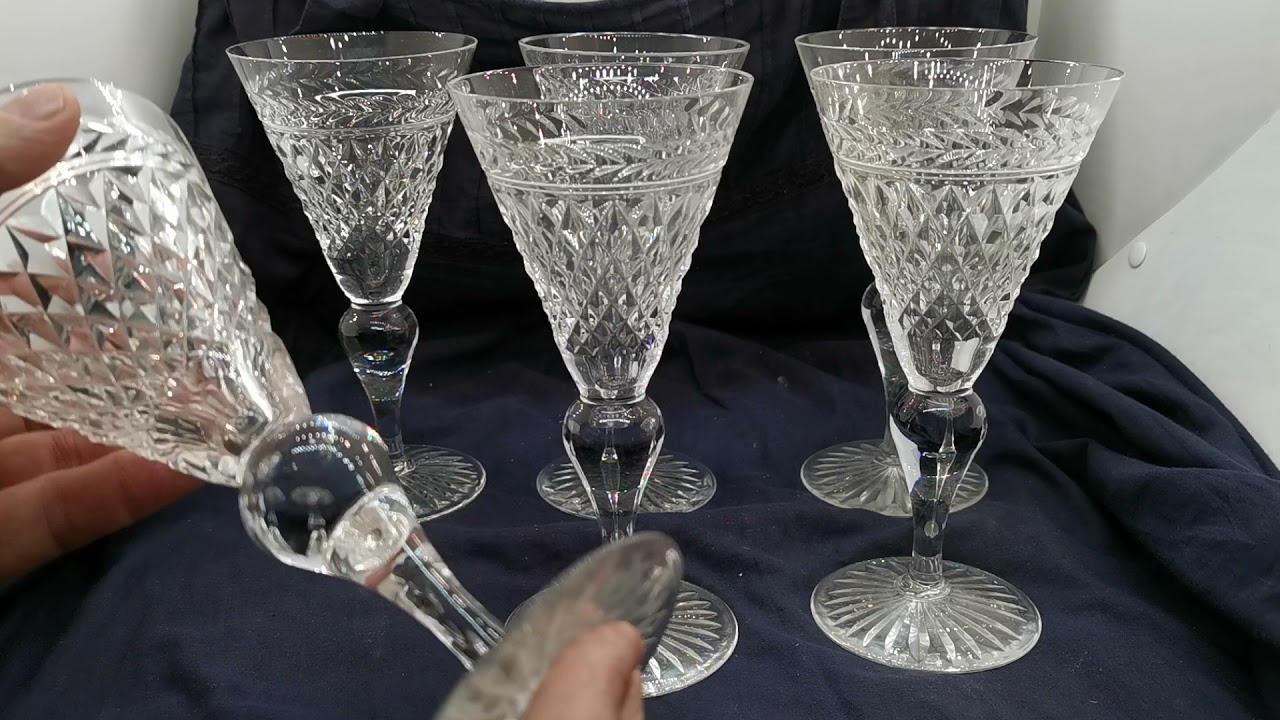
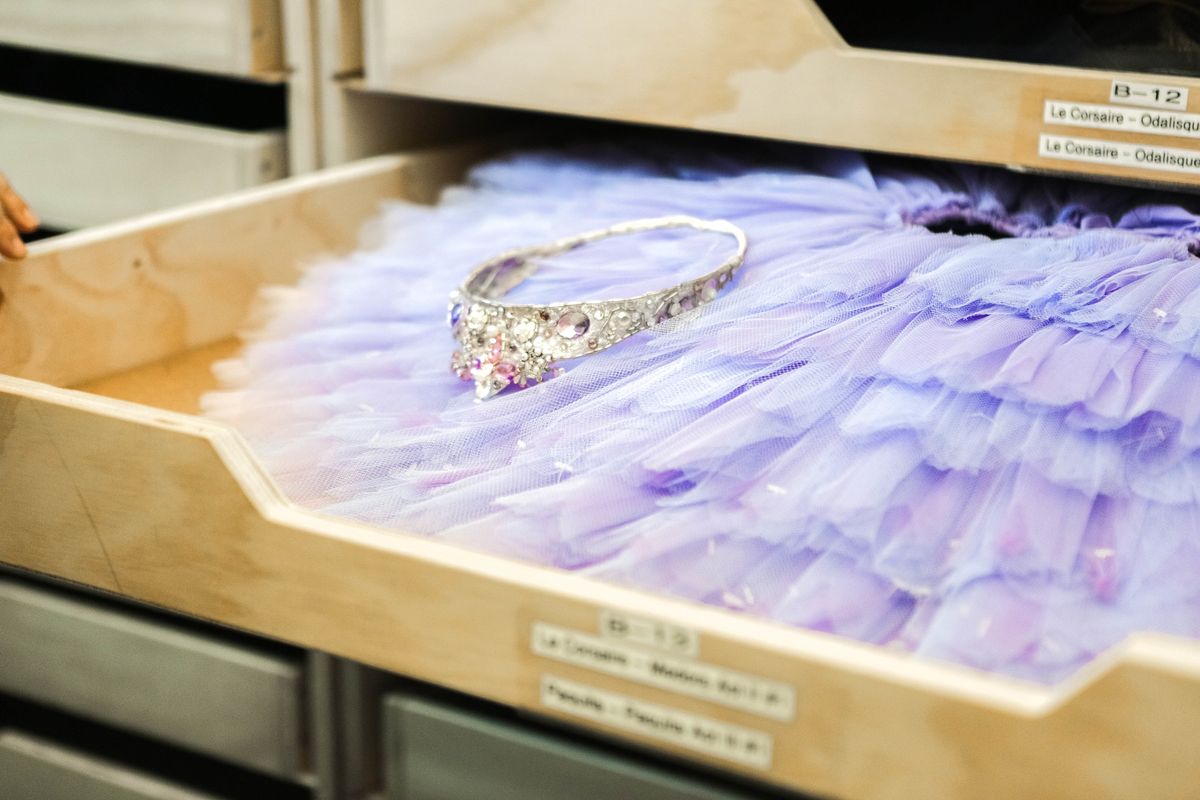
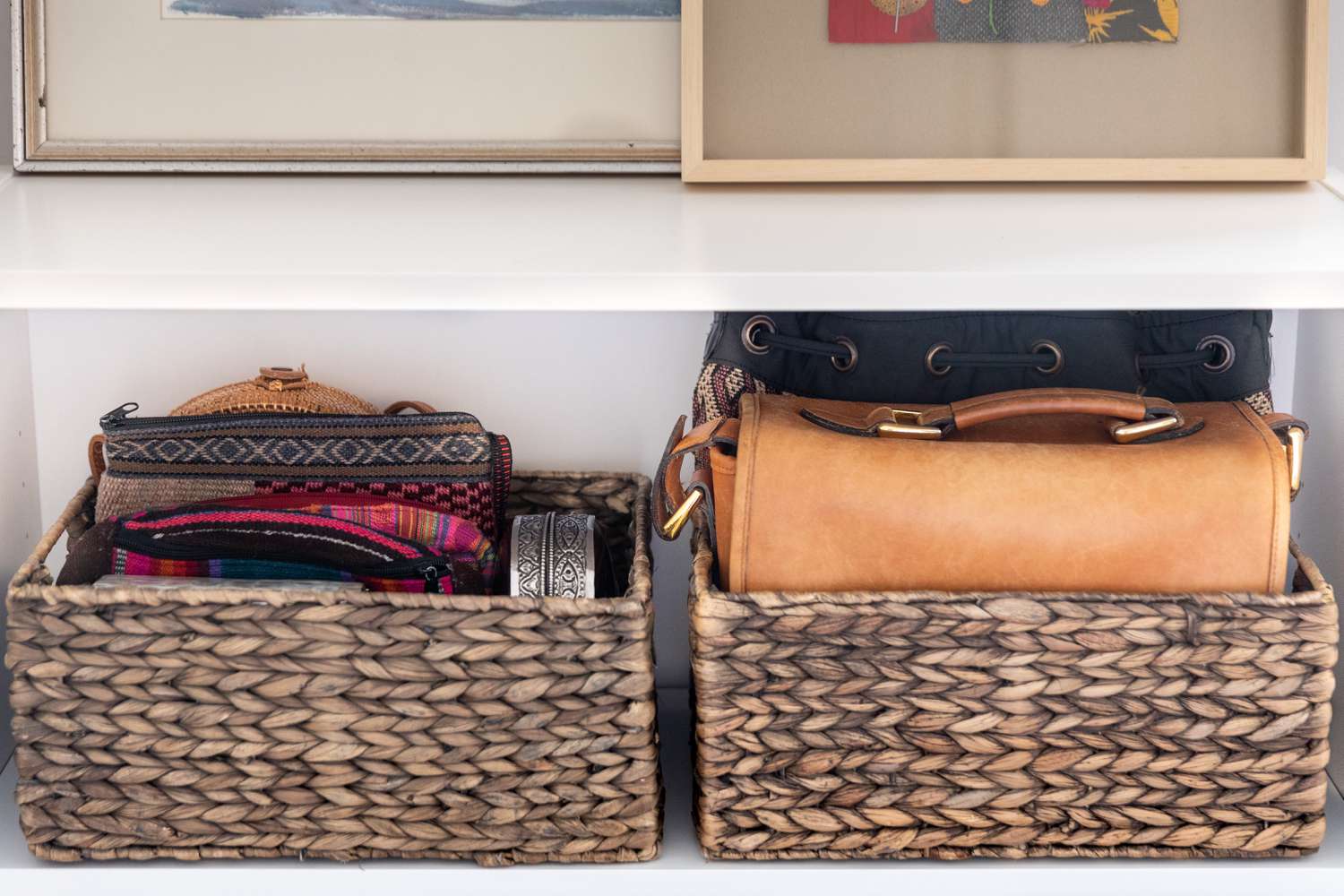
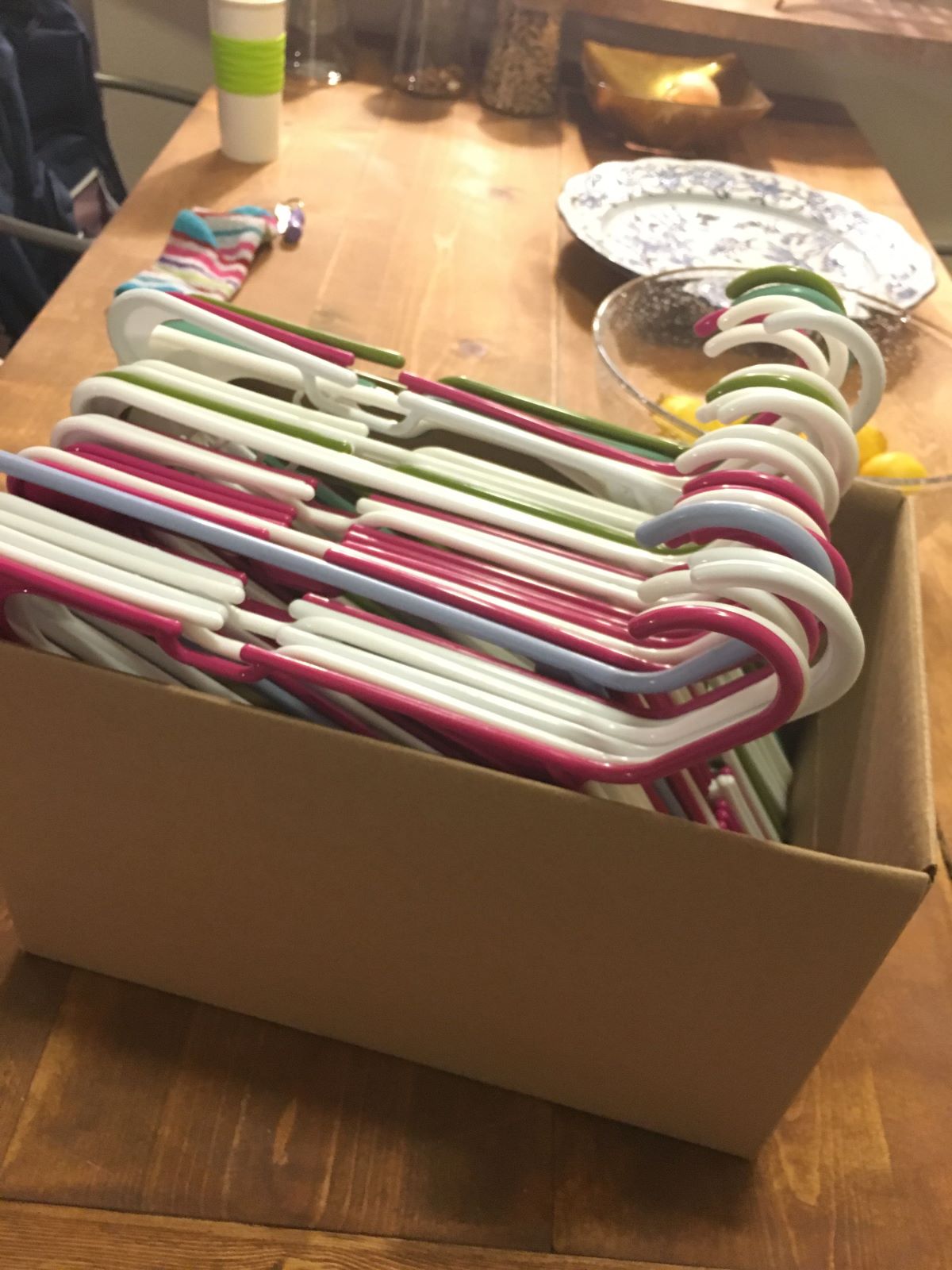
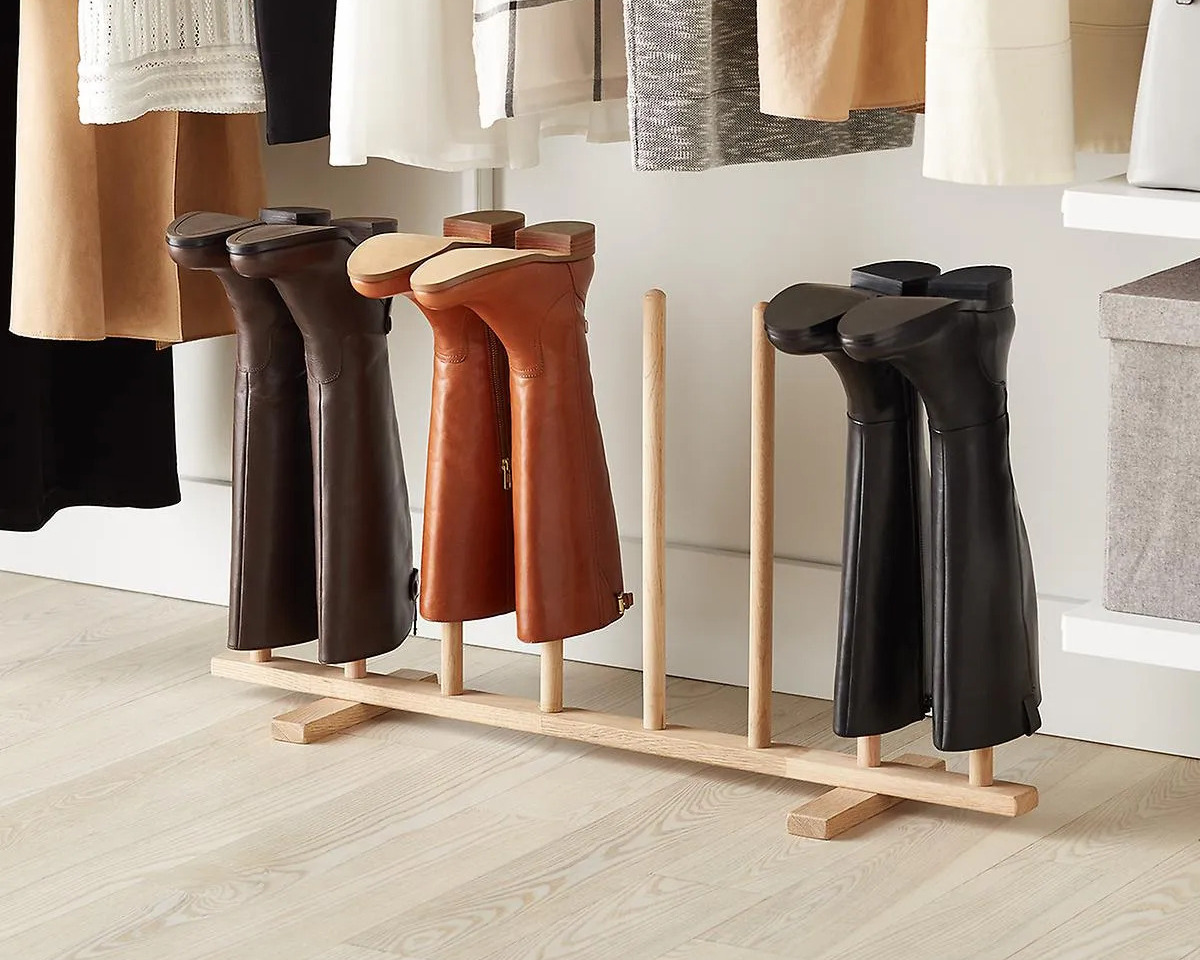


0 thoughts on “How To Store Vintage Clothing”